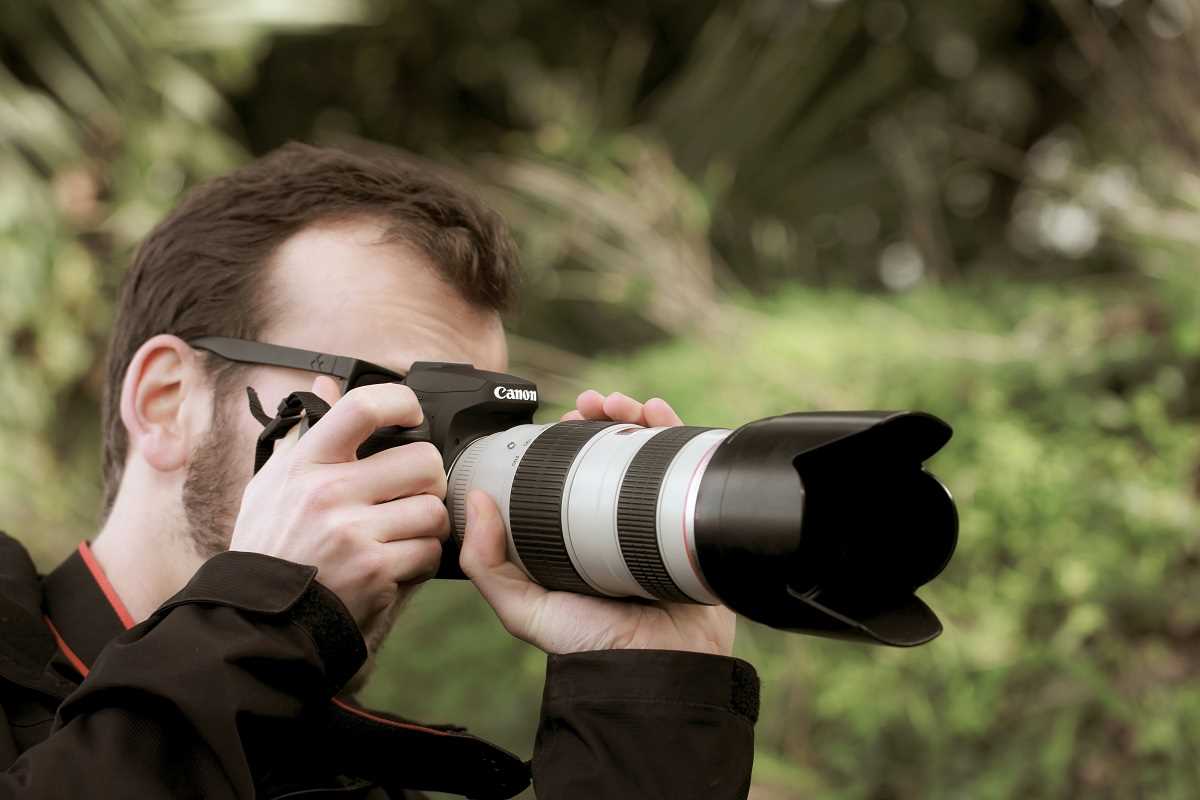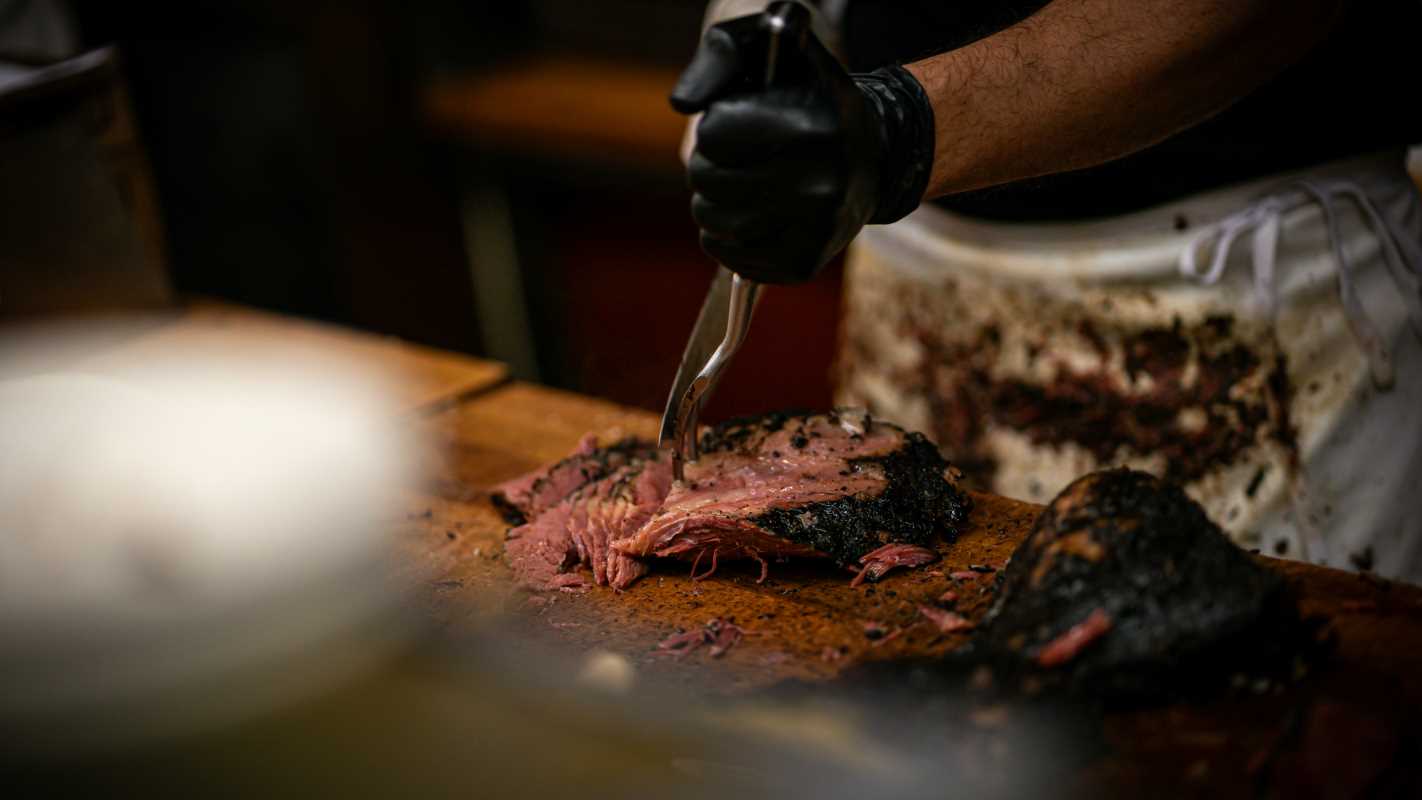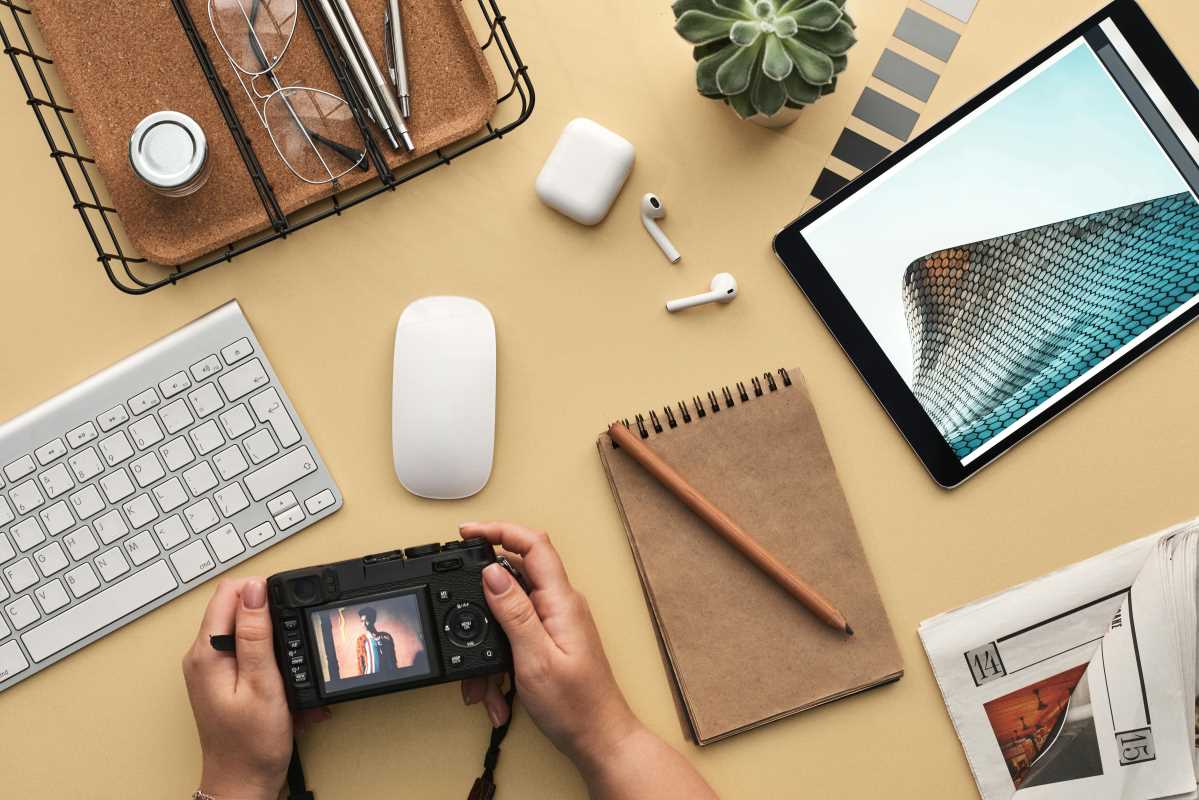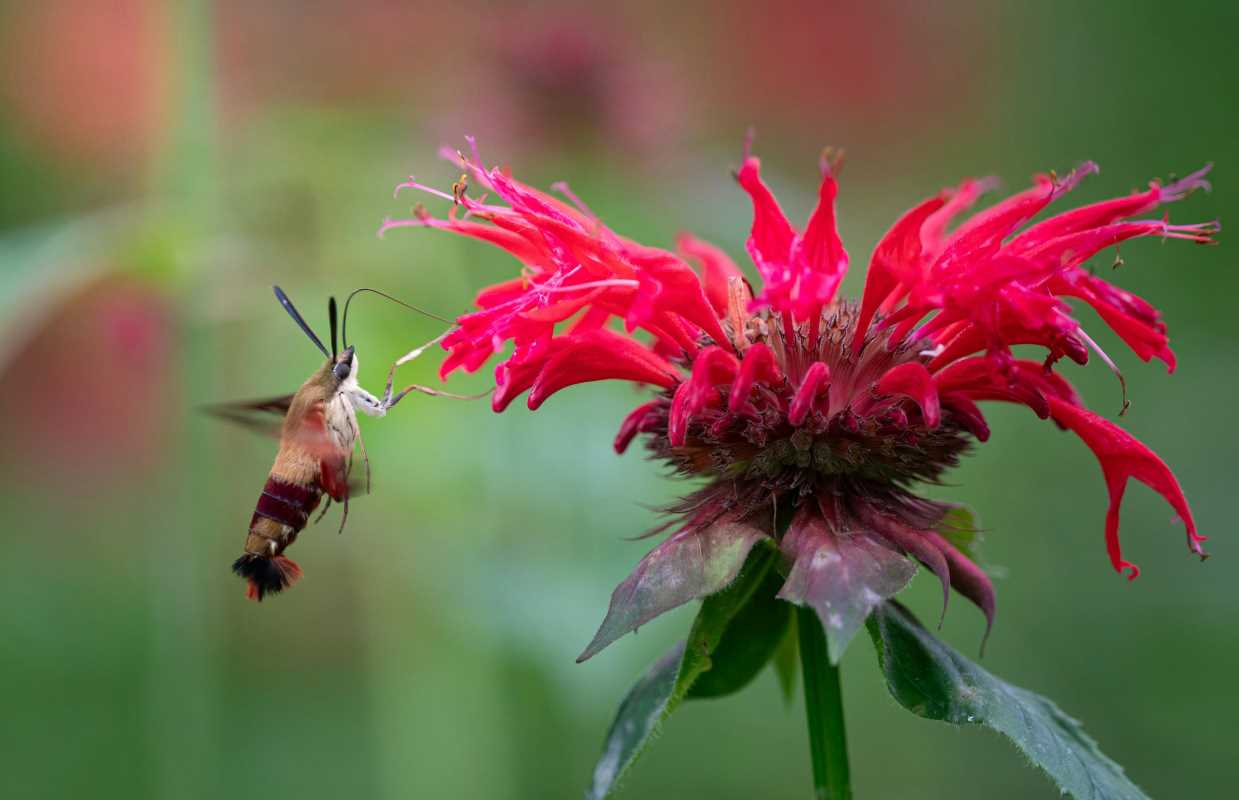Capturing landscapes through long exposure photography brings out a sense of motion and intrigue that standard photos often overlook. This approach allows you to record flowing water as silky streams and drifting clouds as gentle trails, creating a dreamlike effect within your images. By working with this technique, you can highlight the hidden beauty in familiar places, turning routine scenes into captivating visual stories. Each photograph reveals details and patterns shaped by time, offering a fresh perspective on the world around you. Exploring long exposure unlocks new ways to see and share the dynamic energy present in nature and urban settings alike.
Curiosity and a willingness to try new techniques motivate photographers to explore this art form. You can discover how subtle adjustments in technique and equipment bring a fresh perspective to both familiar and unknown locations.
Essential Gear for Long Exposure Landscape Photography
Choosing the right equipment is crucial. Your gear not only supports the long exposure process but also influences the quality and stability of the final image. Many rely on dependable tools to build confidence and consistency when shooting in challenging outdoor environments.
Before heading out, consider investing in tools that ensure steady shots and clear captures during extended exposures. A dedicated list of essentials can help guide you:
- A sturdy tripod to minimize camera shake.
- A remote shutter release or self-timer feature to trigger the capture without disturbing the setup.
- An ND (Neutral Density) filter to control light and extend exposure times in bright settings.
- A reliable camera body that offers manual control over exposure settings, such as Canon or Nikon models.
- Extra batteries and memory cards, since long exposures can use up resources quickly.
Choosing the Right Settings for Stunning Results
Getting your camera settings a bit off the beaten path often turns a regular shot into an artistic expression. Learn manual controls and experiment with exposure times to suit each unique scene. Adjustments in aperture, shutter speed, and ISO help create a balanced and compelling image.
Follow these steps to dial in the perfect settings for long exposure photography:
- Start by setting your camera to manual mode. This grants full control over every aspect of your exposure.
- Select a low ISO setting to keep noise levels down. This results in a cleaner image, especially during long exposures.
- Choose a smaller aperture (larger f-number) to help maintain focus across the scene and increase depth of field.
- Adjust the shutter speed based on current lighting. Experiment with various exposure durations to discover what works best for your landscape.
- Use live view and histogram features to review and fine-tune the exposure in real time.
Composing the Perfect Landscape Shot
A well-composed shot tells a story beyond what is visible at first glance. Careful attention to composition helps balance zones of light and shadow while emphasizing the natural flow of the scene. Consider elements like the horizon, leading lines, and focal points when setting up your shot.
Experiment with various perspectives and angles. For instance, get lower to the ground for dramatic foreground textures or try elevated positions to capture an expansive view. Taking time to frame your scene perfectly often distinguishes a compelling image from an ordinary snapshot.
Creative Techniques and Troubleshooting Tips
When unexpected challenges arise during a shoot, creative techniques can make all the difference. Experimentation plays an essential role, and knowing a few troubleshooting tips can help you overcome common mistakes. Learning from missteps encourages improvement and refines your overall process.
If you encounter issues while shooting long exposures, consider these ideas:
- Check if your tripod is stable; even minor movements can affect clarity.
- Review your shutter release technique. Using a remote shutter can prevent accidental shakes.
- If images turn out too bright or too dark, adjust your ND filter or tweak your shutter speed.
- In challenging weather, brace your equipment or find shelter to prevent wind-induced blur.
- Practice different exposure times until you find a duration that captures the perfect balance of movement and clarity.
Famous Long Exposure Landscapes and Personal Practice
Looking at iconic images can motivate you to get creative with long exposure photography. Many celebrated landscape photographers have produced work that feels both timeless and modern. Viewing renowned examples can reveal new techniques to incorporate into your personal style.
Long exposure photography helps you view the world artistically. Continue experimenting and enjoy capturing beautiful landscapes as you refine your skills.
 (Image via
(Image via





